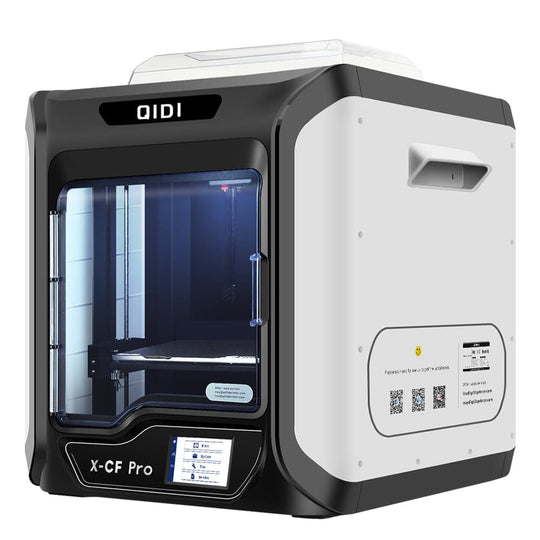Fused Deposition Modeling (FDM) is one of the most widely used technologies in the realm of 3D printing. This method involves the layer-by-layer deposition of material to create three-dimensional objects. Understanding how an FDM 3D printer operates can significantly enhance your ability to utilize this technology effectively.

What is FDM 3D Printing?
The FDM 3D printer works by melting thermoplastic filaments and extruding them through a heated nozzle. As the material is deposited, it cools and solidifies, forming a robust structure. This process is not only efficient but also allows for a wide range of materials to be used, including PLA, ABS, and PETG.
Key Components of an FDM 3D Printer
- Nozzle: The component that melts and extrudes the filament.
- Build Plate: The surface where the object is printed.
- Filament Spool: The source of the thermoplastic material.
- Stepper Motors: These control the movement of the print head and build plate.
How Does FDM 3D Printing Work?
To begin the printing process, a 3D model is created using CAD software. This model is then sliced into layers using slicing software, which generates the G-code that the FDM 3D printer understands. The printer follows this code to accurately deposit material layer by layer.
During the printing process, the nozzle moves in a precise pattern, depositing melted filament onto the build plate. As each layer is completed, the printer lowers the build plate slightly, allowing the next layer to be added. This continues until the entire object is formed. Have you ever wondered how intricate designs are achieved? The precision of the FDM 3D printer allows for complex geometries and detailed features.
Advantages of Using an FDM 3D Printer
- Cost-Effective: FDM printers are generally more affordable than other types of 3D printers.
- Material Variety: A wide range of thermoplastics can be used, catering to different project needs.
- User-Friendly: Many FDM printers are designed for ease of use, making them accessible for beginners.
Applications of FDM 3D Printing
The versatility of FDM 3D printing allows it to be used in various fields, including:
- Prototyping: Rapid prototyping for product development.
- Education: Teaching concepts of design and engineering.
- Medical: Creating custom prosthetics and anatomical models.
In conclusion, understanding the fundamentals of the FDM 3D printer opens up a world of possibilities for innovation and creativity. If you are interested in exploring high-quality 3D printers, consider visiting for a variety of options that suit your needs.








